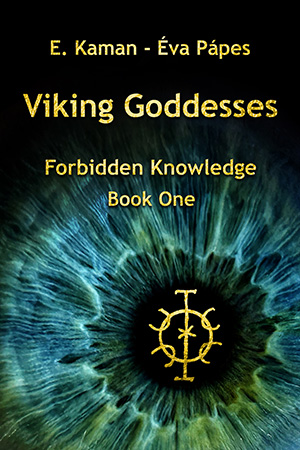The book explores Viking traditions and Norse mythology. The first part focuses on the völva, a wise woman who gives advice to both gods and people. It explains the connections between nine worlds and the world tree, which are important for understanding different states of existence.
The book also discusses female characters who symbolize power and wisdom.
The first main section of the book discusses Viking traditions and Norse mythology. It begins with an analysis of the Völuspá from the Poetic Edda, highlighting the role of the völva, who, with clear sight of the past and future, advises both gods and humans. The völva transcends space and time but only conveys events. The world tree connects nine worlds, where everyone lives in their own world, and only those with special perceptive abilities can see others'. In Viking mythology, the story of Menglöð, symbolizing female wisdom and power, features Svipdag proving himself to be the one awaited by the goddess.
Freyja, a significant goddess of the Vanir, represents desirable independence, with her power and sexuality epitomizing the symbolism of female strength and freedom.
Gullveig, the Golden Woman, is a key figure symbolizing female magical power and the Vanir's superiority over the Aesir. The Norns determine the fate of humans, while the Valkyries influence the fate of warriors and are connected to ancient internal forces. The Dísir, less documented members of the god-pantheon, with their diverse energies, remind us of the importance of ancient patterns in our lives and mental health.


 The Valkyries' final transformation occurs when they become human but retain some magical abilities and participate in armed conflicts. The story of the swan maidens highlights the loss of women's freedom and power and the impact of societal expectations on female roles.
The Valkyries' final transformation occurs when they become human but retain some magical abilities and participate in armed conflicts. The story of the swan maidens highlights the loss of women's freedom and power and the impact of societal expectations on female roles.  This section then explores how male dominance and the patriarchal system gradually marginalized female power and knowledge. The evolving example of female wisdom over millennia shows that women were once surrounded by respect and esteem, but this perception has changed today.
This section then explores how male dominance and the patriarchal system gradually marginalized female power and knowledge. The evolving example of female wisdom over millennia shows that women were once surrounded by respect and esteem, but this perception has changed today. 